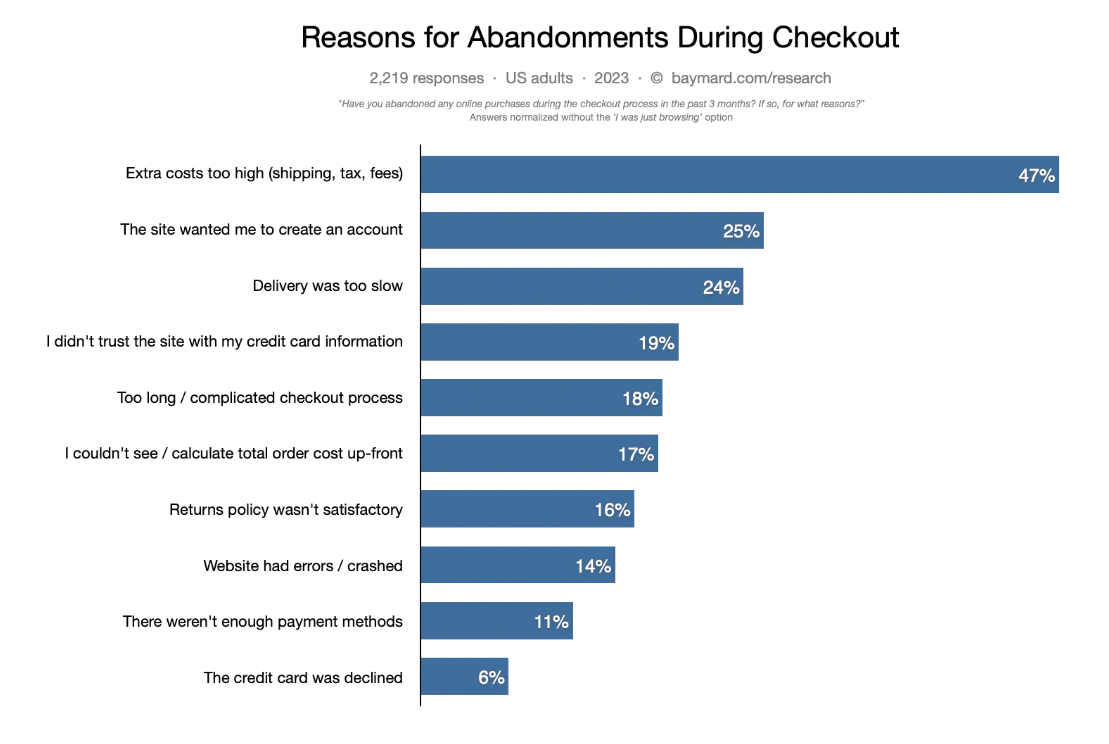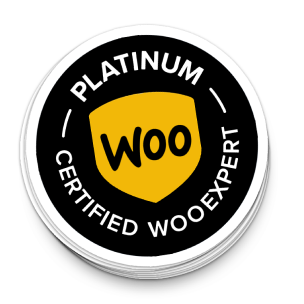From dud to stud! 3 Simple Product Page Tweaks You Can’t Ignore
Looking to level up your eCommerce game? This guide uncovers three key strategies that are easy to implement but can make a world of difference. It’s the smart read for savvy sellers.
Introduction
In modern dog-eat-dog eCommerce environment, differentiating yourself is more important than ever. Optimizing your product pages is one of the best strategies to draw in visitors and make them into paying customers. But what does “optimization” actually encompass, and how can you hammer it into practice successfully? While many aspects contribute to a high-converting product page this little guide will focus on three critical factors that can make or break your conversion rates. We’ll look at the unquestionable value of high-quality product photos, the art and science of writing captivating product descriptions, and the impact of user reviews and testimonials. These three features are the foundation of any successful product page, and by the end of this post, you’ll have concrete tips on how to improve these crucial aspects.
Importance of Top-Notch Product Images
When a visitor lands on a product page, the first thing that strikes their eye are the visual aspects. Among these, high-quality product photos are the foundation of a successful eCommerce store. When shoppers are unable to directly interact with your products, photos are the next best thing. They provide a visual representation that might either entice the buyer to continue shopping or leave them looking for alternatives.
Images with high resolution and clarity instill instant trust. They enable prospective customers to examine the product in great detail, just as they would in a brick and mortar store. This level of transparency has been shown to drastically reduce both cart abandonment rates and product returns due to missed expectations.
It seems like such a simple concept doesn’t it? Despite this, many new online store owners are reluctant to make the investment in high-quality photos. Shooting product photos may quickly turn into a time-consuming and expensive undertaking, particularly if you need to engage a freelance photographer or you have a lot of products that you want to offer on your website. But you can’t make an omelette without breaking some eggs! Supreme pics can trigger emotional responses that influence purchasing decisions. A well-lit, detailed image, for example, might inspire a sense of quality and dependability in the customer, motivating them to put the item in the cart. Investing in high-quality product photos does more than just adding eye candy to your product page – it also improves functionality, user experience, and, most crucially, conversions.
Having said that, it’s not enough to have just one good image – variation is essential!
Consider including
- Product angles: Show the product from several angles and provide a complete portrayal. Allow customers to zoom in on certain details.
- Lifestyle shots: Showcase the goods in a realistic setting to help clients visualize its application. This is especially relevant for apparel and products for which sizing matters.
- Infographics: Use simple graphics to illustrate distinguishing characteristics or technical requirements.
- 360 spin images: Let users see the product from ALL angles in great detail. As a bonus, this option also increases time spent on a page.
A study on online consumer preferences revealed the following statistics: only 0.52% of consumers want to see a single product photo, 33.16% prefer to see multiple photos, and the majority, exactly 58.03%, prefer images that allow them to see the product from all sides.
NOTE: While high-resolution images are crucial, it’s essential to optimize them for web use to ensure they don’t slow down your page loading speed—a critical factor in both user experience and SEO. Discuss various image formats like JPEG, PNG, and WebP, and their impact on load times and quality.
Remember! It is essential to be detail-oriented. Messy composition, impromptu products, poor lighting, inaccurate color, and Photoshop fails are just a few examples of mistakes that might turn your shoppers away.
The role of product descriptions
Product descriptions are more than just a rundown of features and specifications; they are the voice of your brand, speaking directly to your customers. When crafted effectively, they can tell a story, evoke emotions, and persuade visitors to take action—all while providing essential information. A well-written product description addresses the needs and pain points of the client, and delivers a solution. It’s an opportunity to set your product apart from the competition and showcase its unique selling points.
87% of consumers are unlikely to make a repeat purchase if they don’t see accurate product descriptions
By investing time and energy into writing appealing product descriptions, you’re not just filling up space on your product page, but instead you’re greatly strengthening its capacity for persuasion and raising the possibility of conversions. The key to crafting a captivating product description is to focus on writing fresh and witty content that lets prospective customers visualize themselves using your products. What you shouldn’t do is be vaguely descriptive, generic, and keyword-heavy. But don’t disregard keywords altogether! While your primary audience are human readers, don’t forget about search engines. Incorporating relevant keywords naturally within the product description can improve its visibility on search engines and thus directing more potential buyers to your page.
Components of a Good Description
- Headline: Grab readers’ attention with a catchy headline that clearly describes the product.
- Benefits and Features: List all important characteristics, but pay attention to the advantages they offer the buyer.
- Tone and Language: Use words that your intended audience will understand. Consistency is important whether it’s formal, informal, or playful.
- Psychological hooks: Include psychological inducements like scarcity (“Limited stock”), social evidence (“Bestseller”), and authority (“Recommended by experts”) to persuade customers to buy.
NOTE: Use tools like Google Analytics or SEMrush to track the performance and rankings of your product pages and target keywords. This allows you to spot performance drops and adjust pages to improve results.
Social proof – front and center
Reviews and testimonials are the digital equivalent of word-of-mouth, offering social proof that can greatly influence a potential customer’s choice to click the ‘Buy Now’ button. Social proof is a powerful psychological phenomena where people imitate others’ behaviors under the assumption that they are the right ones to follow. Nothing in the realm of eCommerce screams social proof louder than customer feedback and endorsements.
77% of online shoppers read reviews before making a purchase decision
User reviews serve as third-party validations for your products. They can have a big impact on consumer choices, giving a potential buyer the extra push they need to become a paying customer. So, in order to boost your eCommerce conversion rate, focus less on improving your product statements and more on leveraging statements from your brand supporters and most recent customers.
Check out this startling statistic that explains one of the main causes of cart abandonment. 19% of the customers state lack of trust in parting with their credit card information. This is the main reason why you need to include social proof in your product and checkout pages.

How to efficiently harvest reviews
- User-generated images: These give a product a more authentic look by capturing it as it actually is in the real world.
- After-Buy Emails: Post-purchase emails are an easy but efficient approach to get evaluations.
- Rewards: Giving customers a little discount or a free sample can encourage them to write a review.
73% of product page visitors choose to read written reviews rather than seeing star ratings
NOTE: Always ensure that the displayed reviews are genuine and not manipulated AKA bought or bot-made. Transparency is key to maintaining trust.
Conclusion
Now don’t be misled! There are numerous other factors that impact the conversion rate of your product pages such as improving page load speed, focusing on mobile-first approach, writing, designing and positioning effective CTAs, eliminating friction points… But if you knuckle down your efforts into nailing these 3 elements alone, you’re on the right track. Perfecting them is not a one-time deal but rather an ongoing process.
It’s on your product page that your visitors turn from browsers to shoppers, so make that journey intuitive and avoid confusion.







